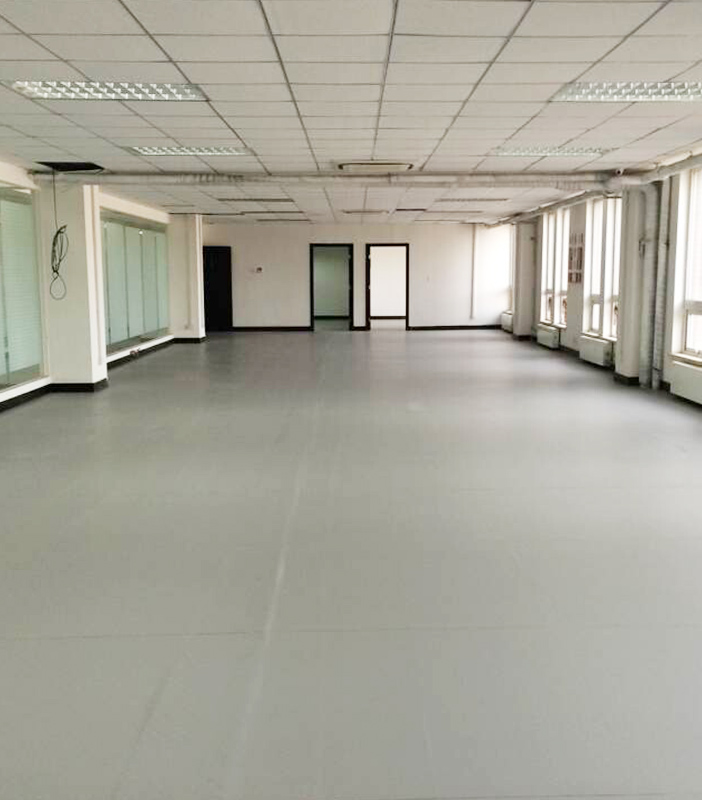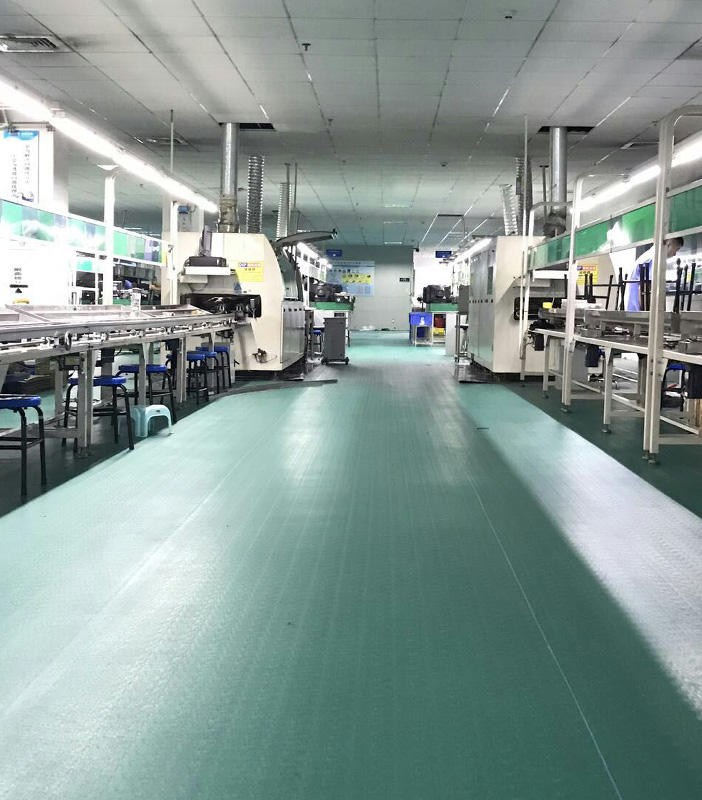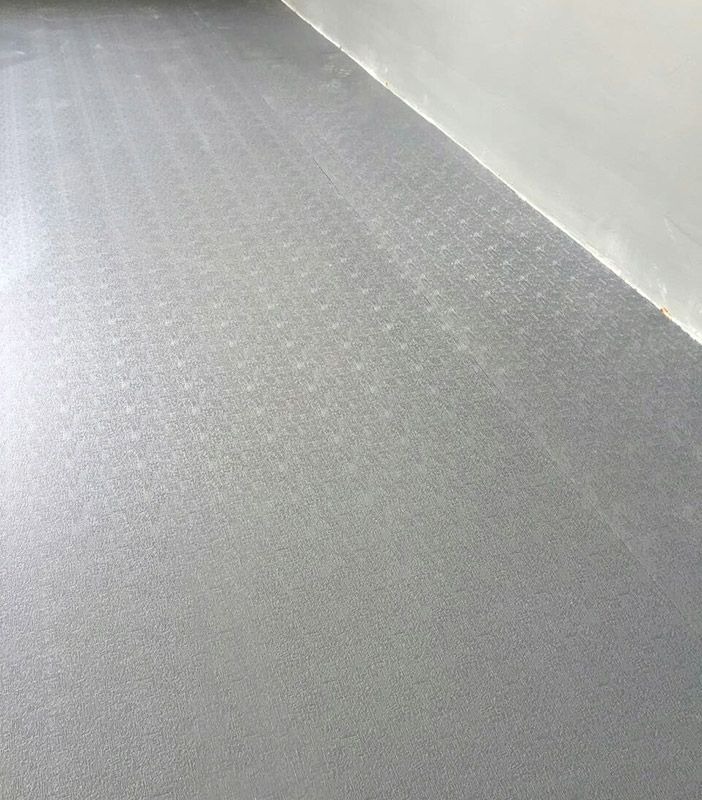Supply ESD Anti-Static Table Mats Company in China Maker
Electrostatic discharge (ESD) can pose a significant risk when working with sensitive electronic components. Even a small static charge can pilot malfunctions or damage, affecting the reliability of devices. These mats are essential in environments such as electronics manufacturing, laboratories, and repair stations where precision and component safety are priorities.
ESD anti-static mats serve as a controlled surface that prevents the accumulation and sudden release of static electricity. Without such protection, static charges generated by movement, clothing, or tools can transfer to electronic components, potentially pilot operational failures or reduced lifespan.
By using an anti-static mat, workplaces can establish a safer environment where static buildup is smalld, ensuring that sensitive devices remain undamaged during assembly, maintenance, or testing.
These mats are designed with conductive and dissipative materials that guide static charges away from work areas and safely discharge them through a grounded connection. Typically, an anti-static mat consists of:
A Top Layer: Made from a static-dissipative material that reduces charge accumulation.
A Conductive Layer: Ensures that any remaining static is directed toward a grounding system.
A Non-Slip Base: Provides stability and prevents the mat from shifting on the work surface.
By connecting the mat to a proper grounding point, static electricity is safely dispersed, reducing the chance of accidental electrostatic discharge.
ESD anti-static mats are available in different materials and configurations, each offering specific benefits for various work environments.
Vinyl Mats – Lightweight and flexible, vinyl mats are suitable for general electronics work. They are easy to install and offer moderate resistance to wear and tear.
Rubber Mats – Known for their durability, rubber mats are resistant to chemicals and heat, making them ideal for heavy-duty applications.
Two-Layer Mats – These feature a dissipative top layer and a conductive backing, providing efficient static control.
Three-Layer Mats – Designed for enhanced grounding efficiency, these mats include an additional layer for improved static dissipation.
Implementing ESD anti-static mats in a workspace provides multiple advantages:
Protection of Electronic Components: Sensitive parts such as microchips and circuit boards remain safe from unexpected static discharges.
Enhanced Workplace Safety: Reducing electrostatic buildup lowers the risk of damage to equipment and improves overall efficiency.
Compliance with Industry Standards: Many industries require ESD protection measures to meet operational guidelines and prevent costly failures.
Improved Workstation Organization: These mats create a dedicated static-safe zone, helping maintain a clean and controlled workspace.
To big the effectiveness of an anti-static mat, it should be integrated into a complete ESD protection system. Key considerations include:
Proper Grounding: Always connect the mat to a reliable grounding point using an ESD ground cord.
Use of Wrist Straps: Workers should wear grounded wrist straps to prevent static accumulation.
Regular Maintenance: Keeping the mat clean ensures its anti-static properties remain effective over time.
Choosing the Right ESD Mat for Your Needs
Selecting an ESD anti-static mat depends on specific requirements, such as:
Work Environment: For environments exposed to chemicals or heat, rubber mats may be more suitable.
Mat Size: Mats should cover the necessary work area while allowing for proper grounding.
Surface Resistance: Different mats provide varying levels of static dissipation depending on the application.
ESD anti-static mats are a vital tool for protecting sensitive electronics from the harmful effects of static electricity. The proper selection, setup, and maintenance of these mats contribute to a controlled and reliable work environment, making them an essential investment for anyone working with electronics.

 简体中文
简体中文 English
English España
España Deutsch
Deutsch




